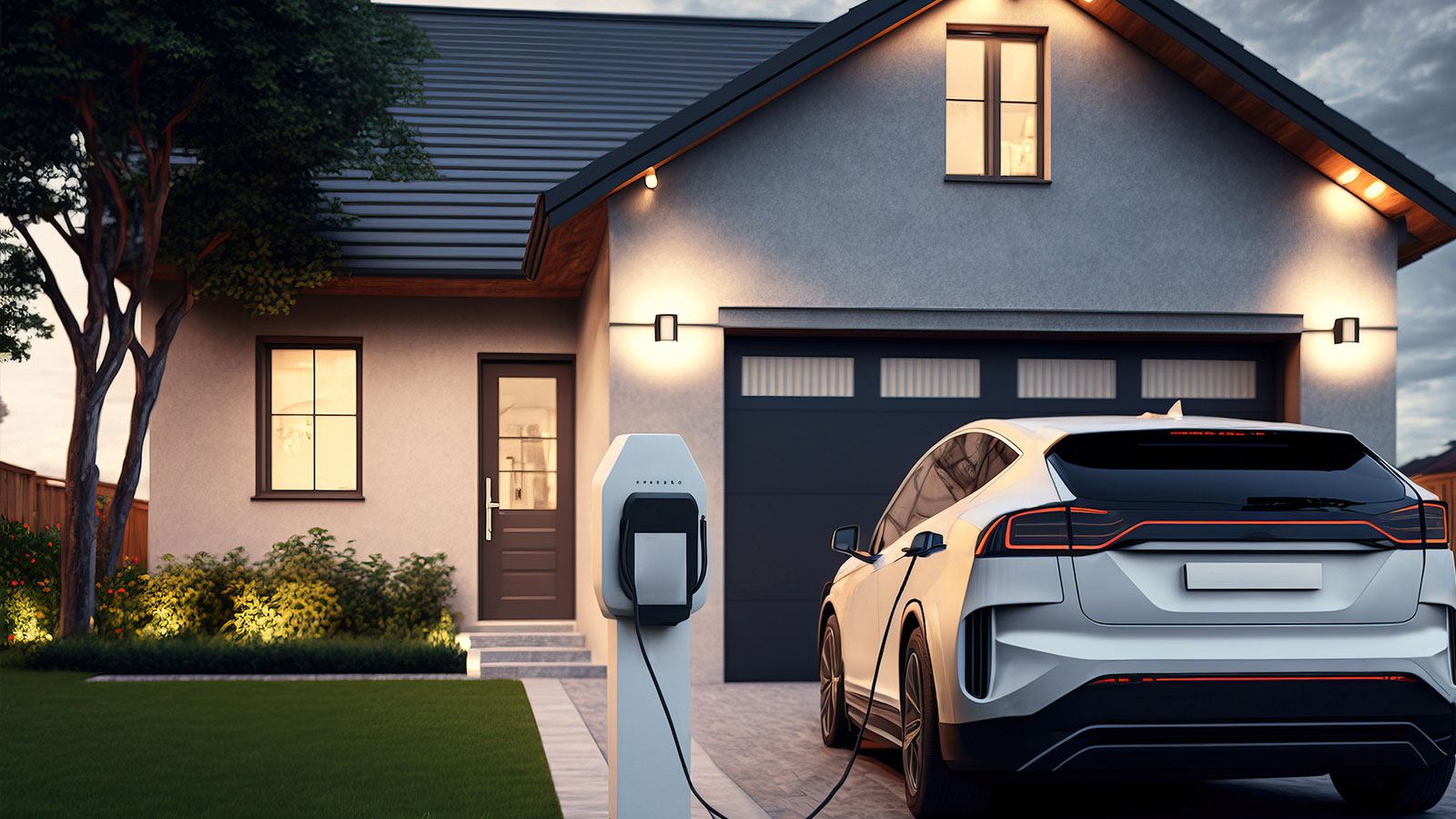Rolf Bienert, Managing & Technical Director, OpenADR Alliance, details the work that needs to be done to make vehicle-to-grid technology a reality.
At the beginning of this year, the Department for Business, Energy & Industrial Strategy (BEIS) and Ofgem published plans for domestic electric vehicle (EV) charging. The new Electric Vehicle Smart Charging Action Plan outlines steps to unlock the power of EV charging, essentially offering homeowners the chance to charge their vehicles and power their homes using excess electricity stored in their car.
The incentive, at a time of rising energy prices, is to save people money on their utility bills. According to the plans, this could be as much as £1,000 a year (for high mileage motorists). But it also offers a relatively easy route into a more sustainable future and, in the words of the policy, a more “secure and efficient electricity system” even for those currently without electric vehicles.
This builds on the possibility of vehicle-to-grid (V2G) or vehicle-to-home (V2H) charging that allows energy to flow bi-directionally. In the case of V2G, power flows from the grid to a plug-in electric vehicle and then back again. With V2H, the home becomes the primary recipient of excess energy from the car battery, and whatever is left over is sold back to the grid. It’s a win-win.
Piloting vehicle to grid schemes
This concept is not new. Ford is already working with utility operators and service providers in the US on pilot projects similar to this. Two programmes with Duke Energy will use EVs to help manage the grid; one vehicle-to-grid to shave demand for electricity at peak times, and one vehicle-to-home to increase resilience for residential consumers.
In its program in North and South Carolina, Duke Energy will invite customers who lease an eligible EV, including Ford F-150 Lightning trucks, to take part, offering them a financial incentive to allow EVs to feed energy back to the grid during peak demand. In Florida, it will help the company “better understand the future opportunities for EV batteries by analysing full functionality of V2G and bidirectional (two-way) energy flow on the grid – studying battery performance, interaction with other distributed energy resources, and the impact on the trucks’ batteries over time.”
In these pilot programmes, the EV acts as a mobile energy storage unit that uses electricity, but also supplies it when demand is high. Imagine thousands, perhaps hundreds of thousands of EVs working together to form a virtual power station at customers’ homes, places of work and even on the move.
Battery powered cars have a surprising amount of stored energy; a fully powered EV could support an average home for several days. Add to that, other potential energy sources that can provide additional power when needed, such as solar panels, and you have instant access to affordable electricity. The potential is huge, but in order to make this a reality the technology must be in place first to ensure stable, reliable, and secure supply.
Challenges to vehicle to grid technology
One immediate challenge is that EV sales have moved at a ‘leisurely’ pace in the UK (and to some extent in other markets) for a number of years. This is now changing with a new Government initiative, including plans to ban all new petrol and diesel engine cars by 2030, and as a wider choice of more reliable models hit the market.
The figures are going in the right direction, with over three-quarters of a million fully electric cars and around half a million plug-in hybrids on UK roads, according to data from ZapMap. More than 265,000 battery-electric cars were registered in 2022, up 40% on 2021.
Another challenge is that V2G technology, like many new systems, will require investment, time and effort. Any change on this scale is not easy and it will require grid upgrades to support bi-directional charging and discharging. The cost of implementing this will need to be considered as part of the business case. Utilities, automotive manufacturers and services providers will also need to consider the management systems and software that form any energy services infrastructure for tracking, billing, and managing energy demand back and forth.
Customer buy-in is important. They are ultimately the recipients of smarter, cleaner energy that is available when they want it at a lower price. Pilot schemes like those being put in place by Duke Energy, Ford and others, will go a long way to convince customers of the benefits.
Vehicle-to-grid, vehicle-to-home and other smart energy initiatives offer huge revenue potential and opportunities. UK Government plans include £16 million in funding from the Net Zero Innovation Portfolio for technologies that harness the potential of smart charging, so we can expect to see more pilots over the next few years.
But on a final note, open standards like Open Automated Demand Response (OpenADR) could be critical to the success of this, ensuring the charging infrastructure for V2G and V2H use cases is fit for purpose.


